Nepal's top 10 hydropower projects are crucial for energy independence, generating over 90% of the nation's power, driving sustainability and development.

July 18, 2025
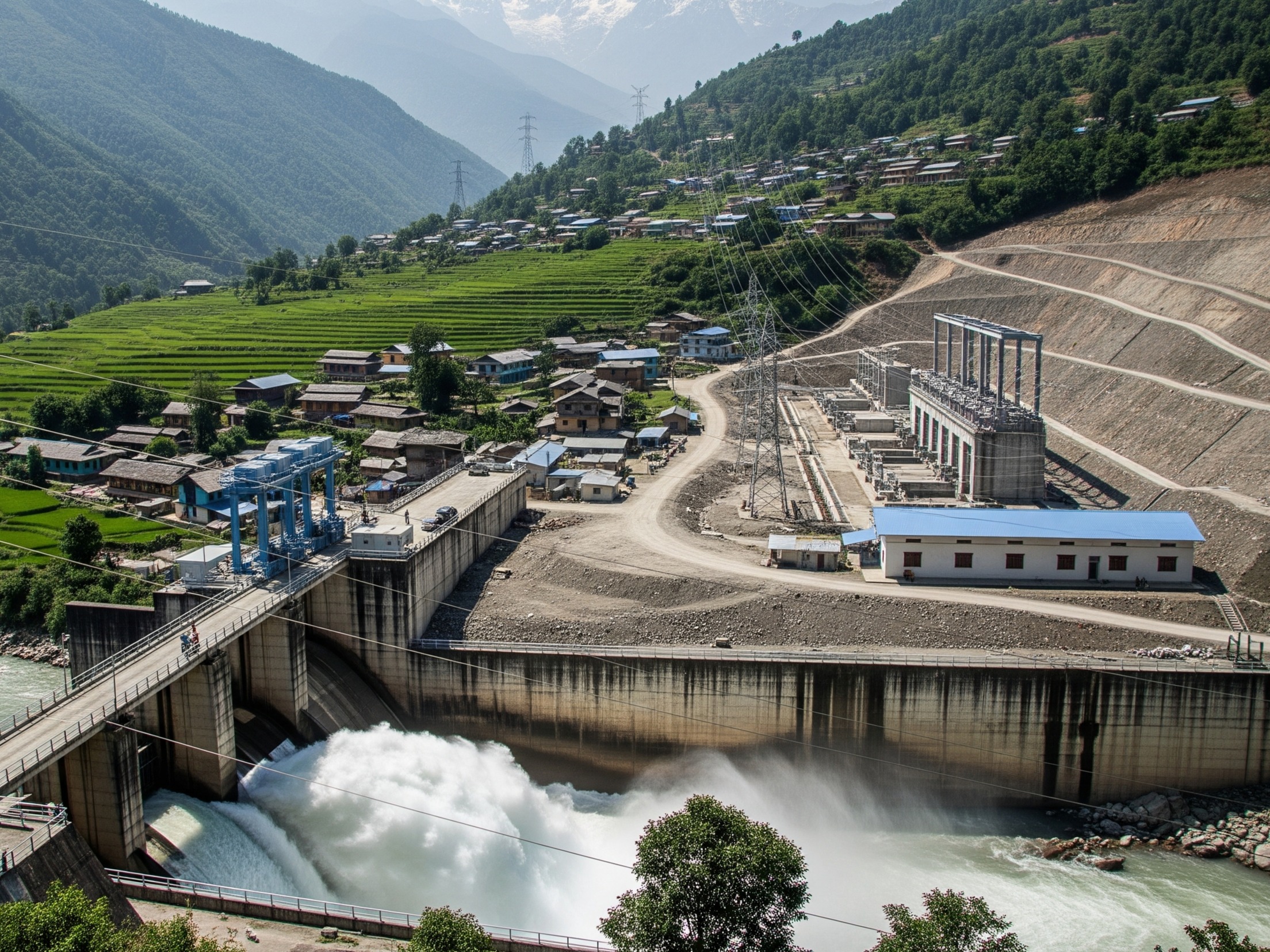
A representational AI-generated hydropower dam nestled within a mountainous terrain.
The hydropower projects in Nepal are the backbone of the country’s electricity supply, generating over 90% of Nepal’s total energy. Most are run-of-the-river systems, with a select few reservoir-based plants offering seasonal storage capacity.
According to a World Bank Group study, Nepal has over 80,000 MW of hydropower potential, of which 43,000 MW is technically and economically feasible. Hydropower projects in Nepal are essential to national goals for rural electrification, economic development, and energy security. The Nepali government is committed to expanding the sector via policies, global partnerships, and tools like power bonds.
However, the sector faces hurdles such as funding shortages, natural disasters, and climate change. Shifting rainfall, glacial melt, and river flow variability challenge the reliability of these projects in Nepal.
Upper Tamakoshi is currently the largest hydropower project in Nepal, located in Bigu Rural Municipality-1, Dolakha. It produces 456 megawatts (MW) of electricity and was developed by Upper Tamakoshi Hydropower Ltd., funded through the Nepal Electricity Authority (NEA), Citizen Investment Trust (CIT), Employee Provident Fund (EPF), and an Initial Public Offering (IPO). The project had a final cost of NRs. 89.42 billion. It is the largest power plant in Nepal, significantly enhancing national energy independence and supply.
Situated near Mirmi village in Syangja, Kaligandaki A generates 144 MW of energy. This project was developed by the NEA with support from the Asian Development Bank (ADB). And it has been operational since 2002. It is a stable power source for Nepal and a publicly owned company, though not IPO-listed. The total cost is approximately NRs. 50 billion. It provides reliable grid power as it is the largest storage-based hydropower project in Nepal, operating continuously since 2002.
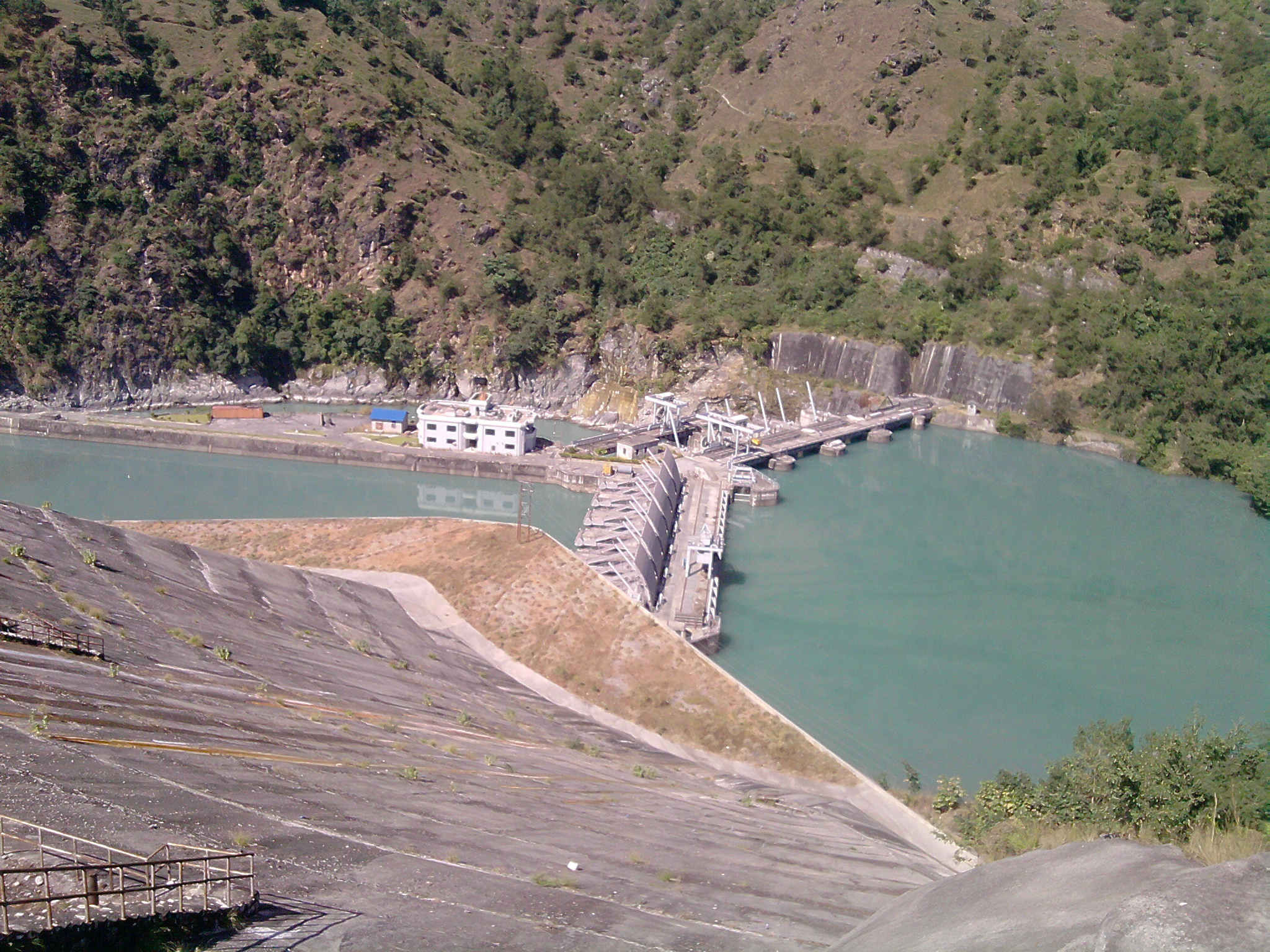
Kaligandaki Hydropower Project located near Mirmi village in Syanja
The Middle Marsyangdi Hydropower Project is located in Lamjung District of Gandaki Province, on the Marsyangdi River. It was built by NEA with support from Kreditanstalt für Wiederaufbau (KfW) of Germany. During its construction, it faced cost overruns, but it is now a key regional energy provider and a large contributor to the national grid. This hydropower project produces a total of 70 MW of energy and was completed at a cost of NRs. 27 billion. It helps to reduce load-shedding by adding capacity to the grid.
The Khimti I Hydropower project is located in the Dolakha district and was developed by Himal Power Ltd. with Statkraft (Norway). Operational since 2000, it was one of the first private sector Power Purchase Agreements (PPAs) with NEA. Khimti I has an installed capacity of 60 MW and was built at a cost of NRs. 19.03 billion* (USD 142 million). It is among the first private hydropower projects in Nepal, pioneering public-private partnerships in the sector.
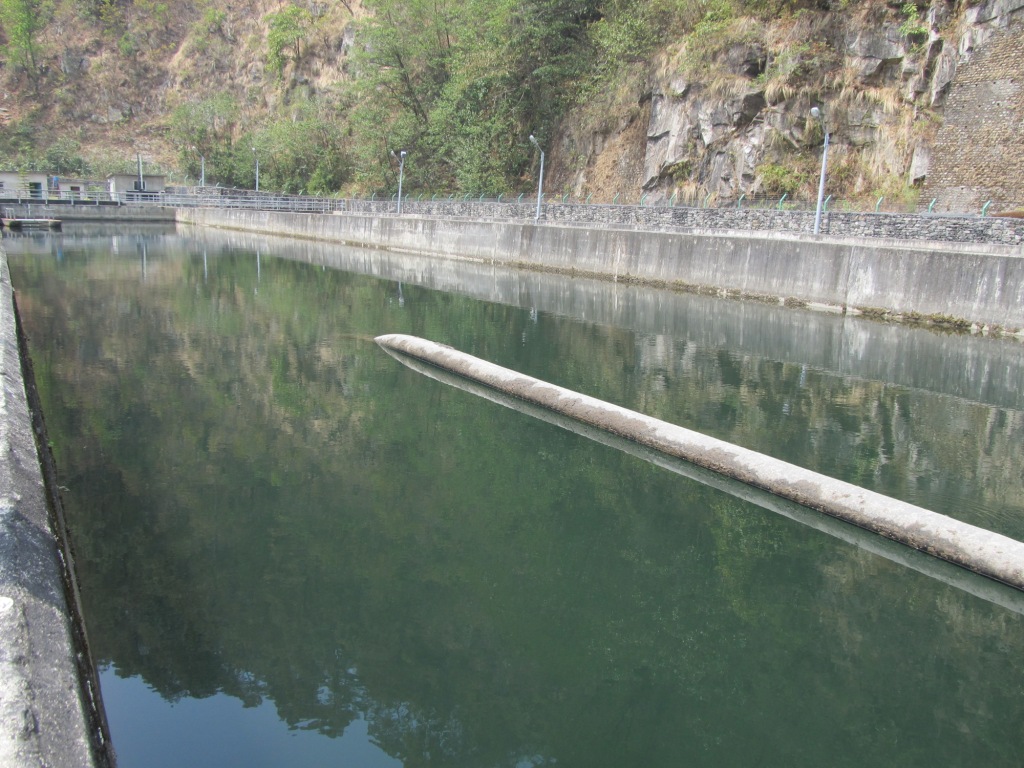
Khimti Hydropower Project located in the Dolakha district of Nepal
The Upper Marsyangdi A Hydropower Project is located in Bhulbhule, Lamjung District, and was developed jointly by Power China and Sino-Sagarmatha Power Ltd. Operational since 2016, this project produces 50 MW of energy. It is one of the largest hydropower projects in Nepal, built under a Build-Operate-Transfer (BOT) model, with a total investment of NRs. 21.40 billion.
Upper Bhote Koshi is a run-of-the-river scheme constructed on the Bhote Koshi River. It is located approximately 110 kilometers northeast of Kathmandu, near the Sino-Nepal border, in Sindhupalchok District. It was developed under the Build-Own-Operate-Transfer (BOOT) model and was Nepal’s first private sector BOOT project. The 2015 earthquake caused significant damage, but the project has since been restored. This privately held project produces 45 MW of energy and was constructed at a cost of approximately NRs. 13.13 billion* (USD 98 million)
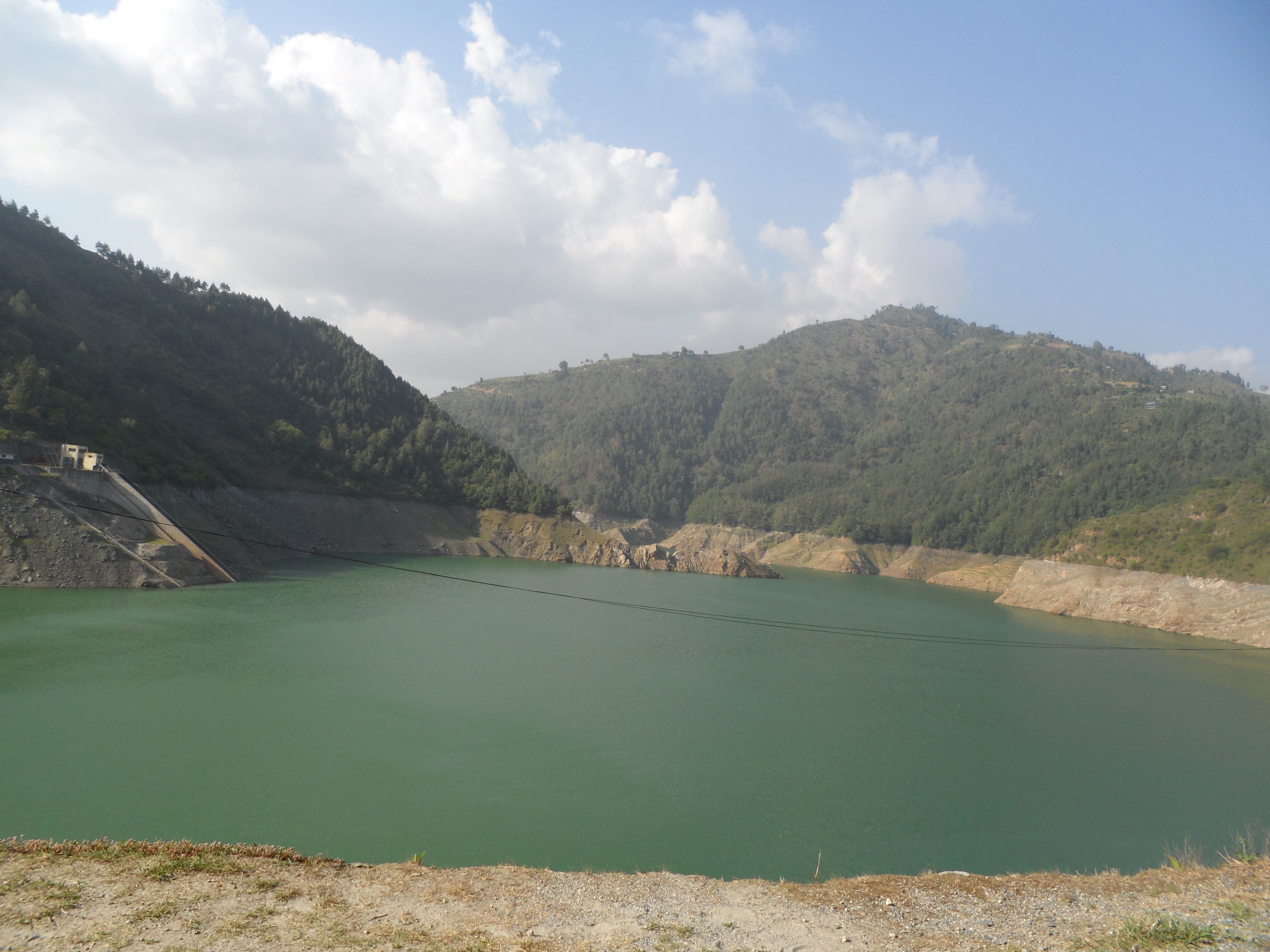
Kulekhani Hydropower Project, located in Makwanpur district in Nepal
Kulekhani I and II are reservoir-based plants located in Makwanpur District. Kulekhani I is situated in Dhorsing, while Kulekhani II is located in Nibuwatar. Built in 1982, Kulekhani I produces 60 MW, and built in 1986, Kulekhani II produces 32 MW. These storage-type hydropower projects are crucial during dry seasons in Nepal when river water levels are low. Kulekhani I was built at a cost of NRs. 1.55 billion, while Kulekhani II cost NRs. 124 million.
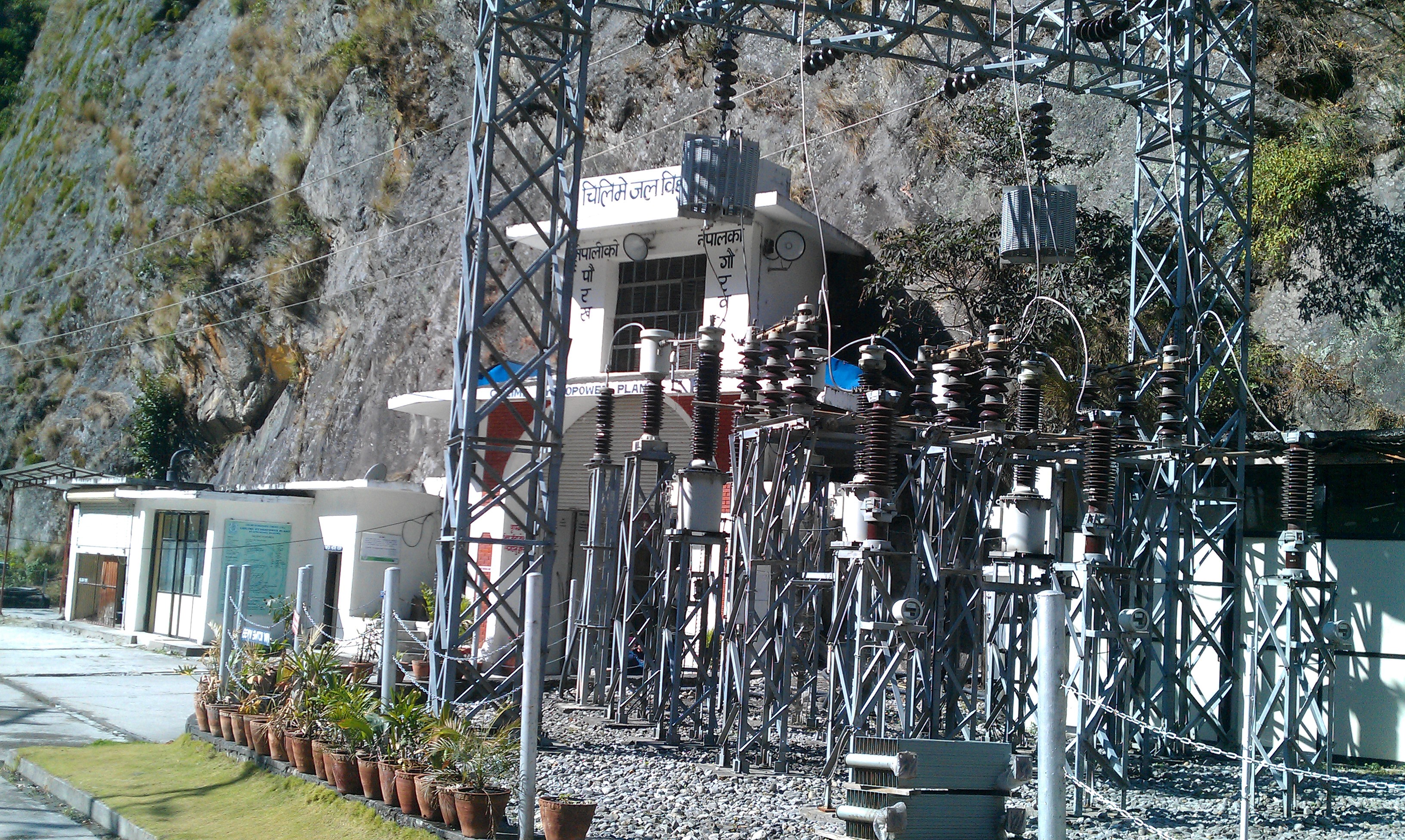
Chilime Hydropower Project power station located in the Rasuwa district of Nepal
Chilime Hydropower Co. Ltd, a subsidiary of NEA, is located in Rasuwa District, approximately 130 kilometers north of Kathmandu. Completed in 2003, the project generates 22.1 MW of energy. It was built at an estimated cost of NRs. 2.48 billion. Chilime was one of the first hydropower projects in Nepal to offer IPO access to the general public and locals, building wide ownership and public trust. NEA retains 51% ownership in the company.
The Modi Khola Hydropower Project is located in Parbat District, 46 kilometers west of Pokhara, and has been operational since 2000. It is a run-of-the-river project and regionally impactful despite its smaller size. The project produces 14.8 MW of energy. Developed with a budget of NRs. 4.02 billion*(USD 30 Million), it was funded by the Government of Nepal, the Economic Development Cooperation Fund (Korea), and NEA. It supports local industry and contributes to grid stability in western Nepal.
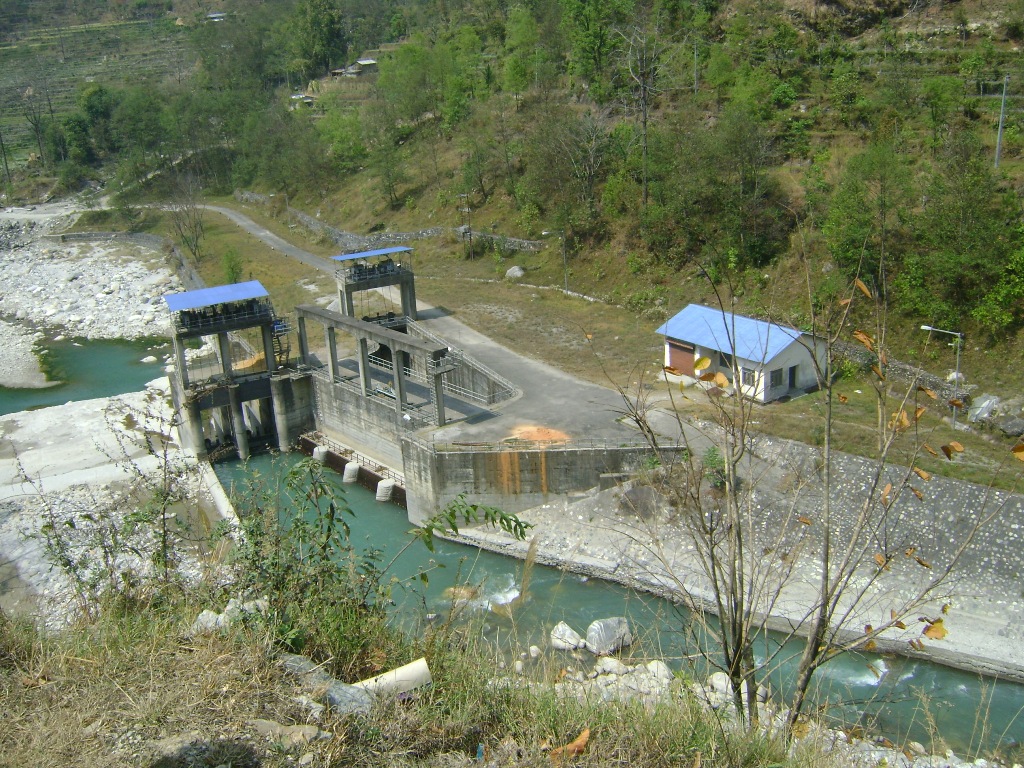
Lower Modi Khola hydropower project located in the Parbat district of Nepal.
The Lower Modi Khola Hydropower Project is located in Parbat District, spanning across the Deopur, Bajung, Tilahar, Durlung, and Chuwa Village Development Committees. This 10 MW private sector project, developed by United Modi Hydropower, was commissioned in 2012. This hydropower project shows a continued and strong private sector role in the energy sector. The project was built at a cost of NRs. 5.93 billion*(USD 41.29 Million), reinforcing the trend of local and private ownership in renewable energy development.
Note: * - These amounts mentioned in this article were converted from US dollars to Nepali rupees using an average exchange rate of July 2025.
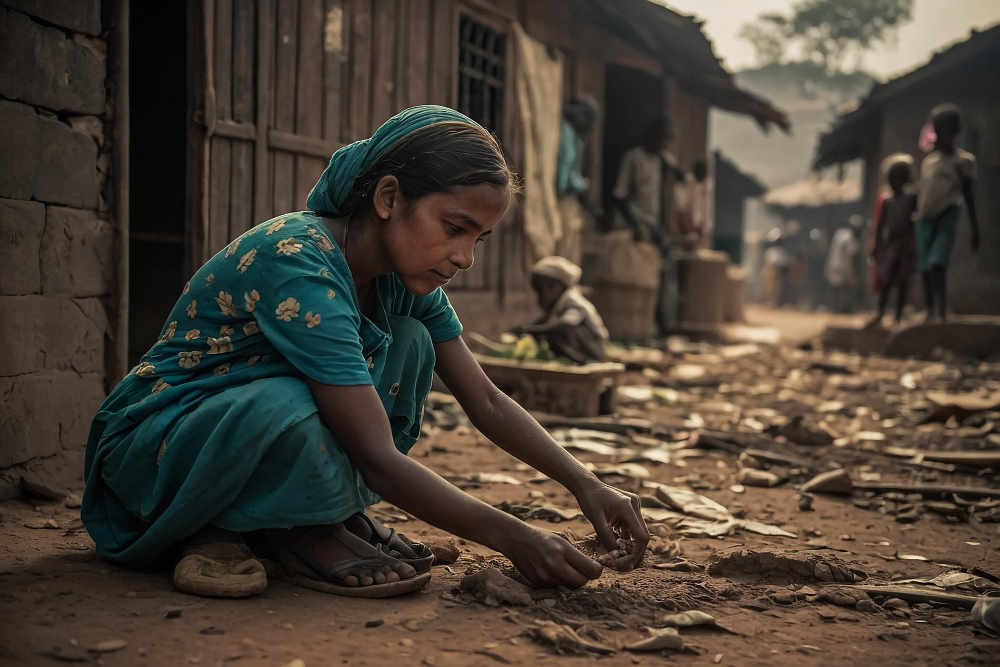
By sharing valuable information and sparking inspiration, we aim to foster growth, innovation and brighter opportunities for future generations.
Contact us